| Izmir... |
|
The 3rd largest, and one of the most beautiful provinces of Türkiye is Izmir, extending on the shores of an
attractive bay, filled with ships and yachts. Backed by mountains and facing the sea, this site offers a fine appearance,
both with its natural panorama and its modern and orderly view. Lovely palm trees decorate the promenades and avenues,
where new and impressive buildings stand. Walking around this charming city, one can see a lot, ranging from the oldest
remains, to the most recent establishments scattered around. The clocktower stands in Konak Square as a symbol of the city
while nearby the Archelogical Museum houses many finds from the early western Anatolian civilizations. In the city center,
there is the Kultur Park (Culture Park) where the famous annual International Fair is held. Filled with pretty restaurants,
cafes, shops and bars, Kordonboyu is a long promenade, which provides a restful atmosphere and the typical elegant scenery
of the city. Kemeralti Bazaar is a smart place with limitless shopping opportunities for here you will find almost anything
you want, at the most appropriate prices. Karsiyaka is another attractive district on the opposite side of the bay, where
the Olaf Palme Park exists near the open-air museum, which houses many interesting statues. Known as "Smyrna" in
ancient times, the province of Izmir has a long history, dating back to the 3rd- millenium BC when it was one
of the most advanced cultural center in Western Anatolia. Legendary Homer lived here in the lonian period, which was the
most splendid age of the city, dating to the 1st-millenium BC. Today some beautiful examples from this long past
can be found inside the city. Here is the Kadifekale (the Velvet Fortress) located on Mount Pagos, overlooking the area.
A marvellous view of the Gulf of Izmir is provided from this castle built in the 3rd-century BC, and later
restored at various times. Another important sight is the Roman agora, constructed during one of the most brilliant periods
of the province. The seven churches mentioned by St. John in the Book of Revelation are also in Türkiye and are spread
around Izmir, which are Izmir (Smyrna), Efes (Ephesus), Eskihisar (Laodicea), Alasehir (Philadelphia), Sart (Sardis),
Akhisar (Thyatira), and Bergama (Pergamum). Today, Izmir has an important port, as well as a lovely holiday resort with
numerous sandy beaches stretching over its towns and environs. In addition, Izmir possesses Balcova, one of the important
thermal centres in Türkiye, which is known as the "Agamemnon Baths".
|
|
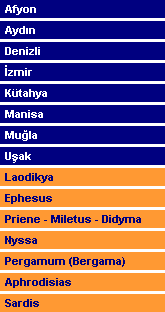
|


 Click here for the web site of "The Metropolitan Municipality of Izmir"...
Click here for the web site of "The Metropolitan Municipality of Izmir"...
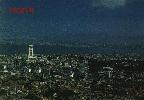
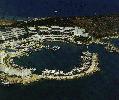
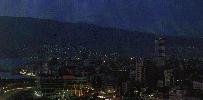
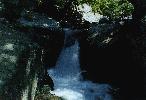
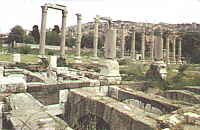
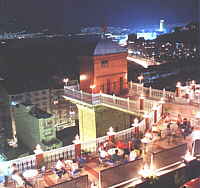

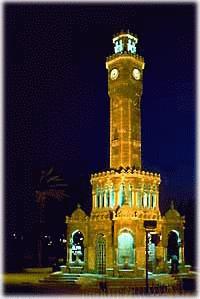
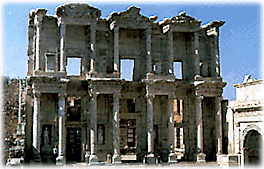


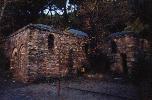
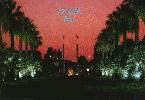
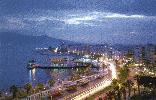
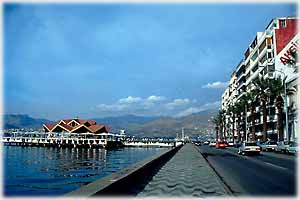
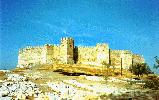
 Click here for more info about Izmir inside of the Toprak Home Page...
Click here for more info about Izmir inside of the Toprak Home Page...




